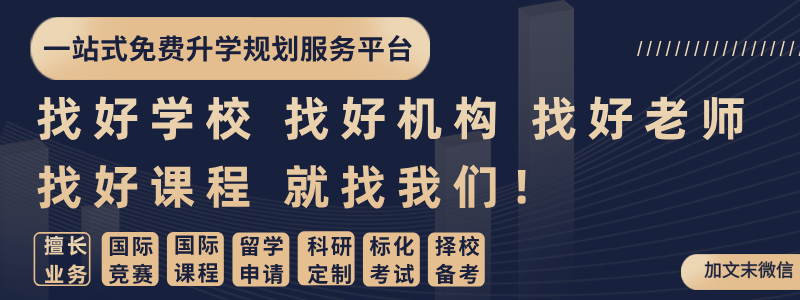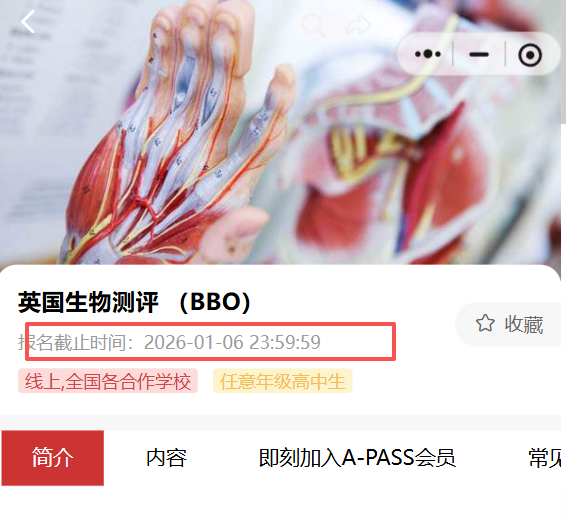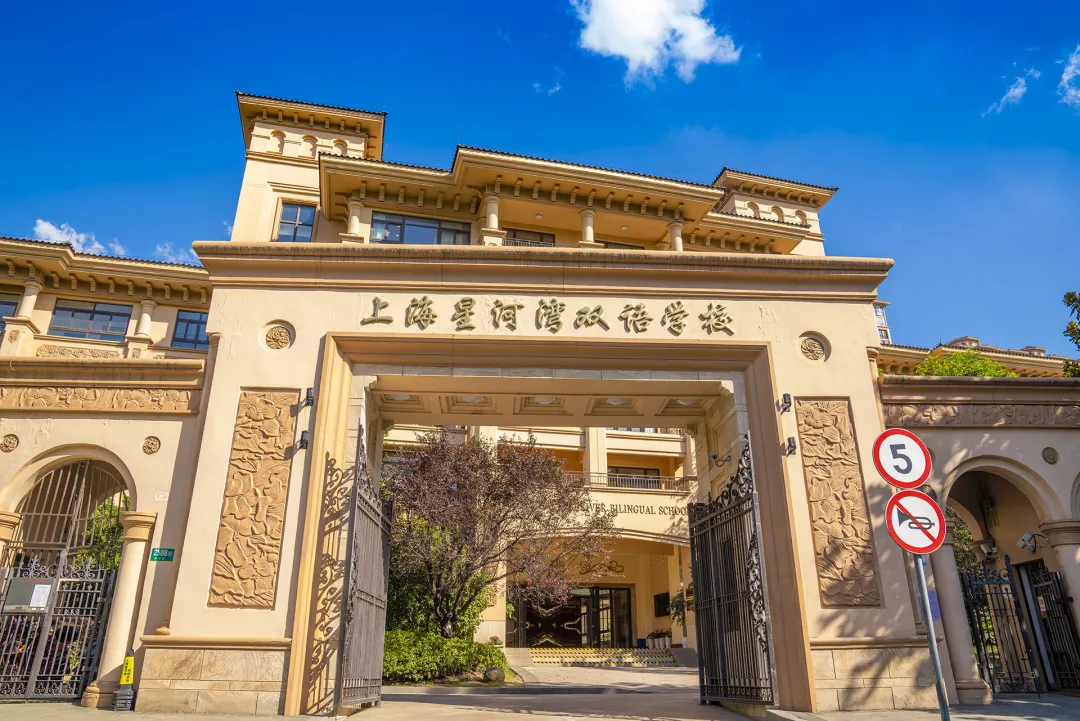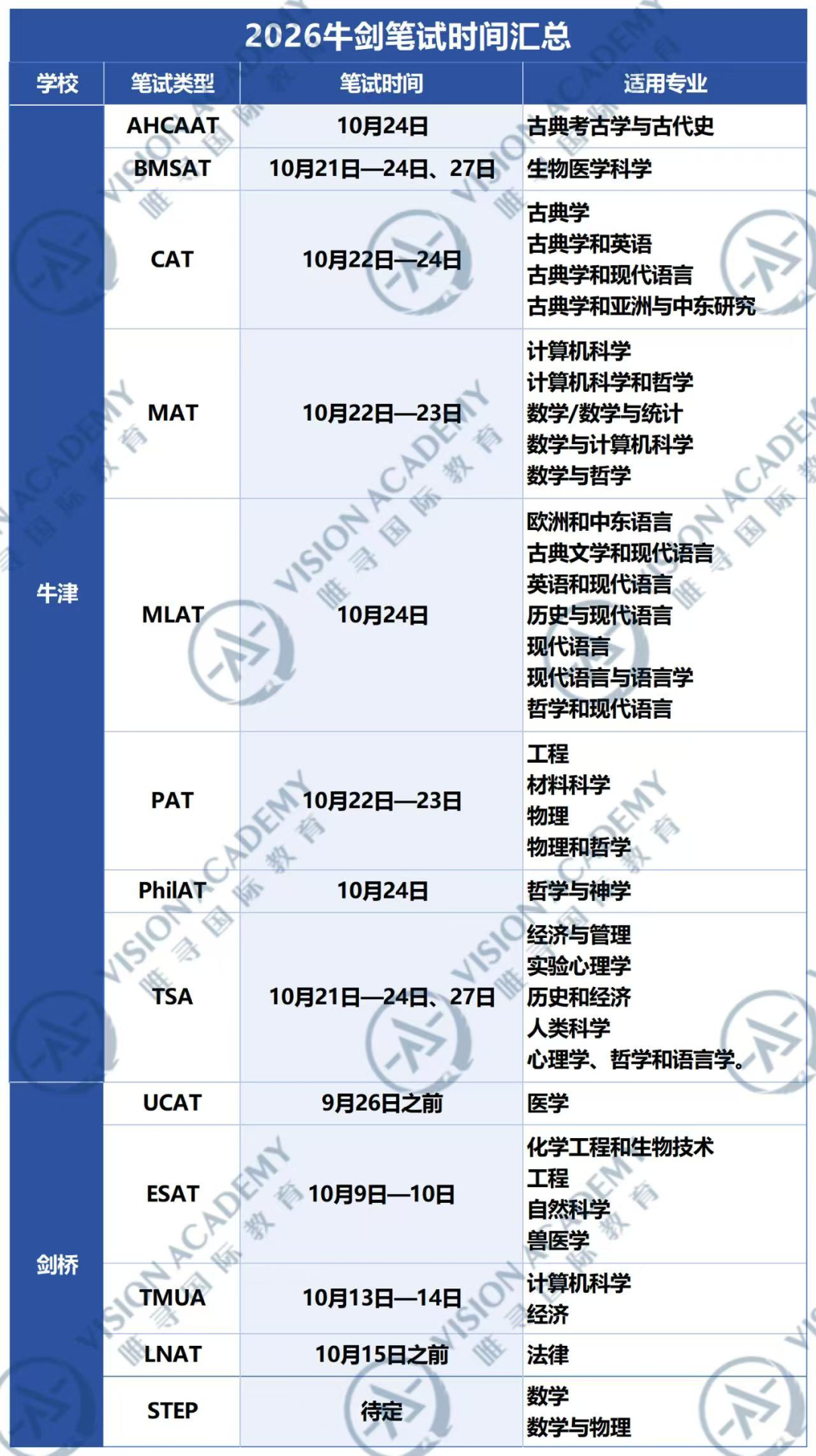WSDA新赛季已经启动,Junior即兴辩论第一份备赛干货包来啦!
全球从冰岛到日本都在试点的“四天工作制”,真的能在中国落地开花吗?这一制度是提升国民幸福感的灵丹妙药,还是拖累经济效率的乌托邦陷阱?
本期深度解析,将带你穿透表象,从员工福祉、经济效率、社会公平等维度,梳理核心背景、正反方立论思路,以及赛场上不可忽视的关键策略!无论你是正方还是反方,收藏这一篇,让你在赛场上纵横捭阖,言之有据!
Topic:
Resolved: "China should embrace a four-day work week."
中国应推行四天工作制。
Topic Overview &
Background Info
As discussions around work-life balance, mental health, and productivity gain traction worldwide, the concept of a four-day work week has emerged as a prominent topic. Countries such as Iceland, Spain, and Japan have already conducted pilot programs, reporting positive outcomes including increased employee well-being and maintained or even improved productivity. Proponents argue that a four-day work week can enhance employee welfare, reduce burnout, and potentially stimulate consumption and innovation. Opponents, however, worry that it may reduce overall output, increase business costs, and question its feasibility in an economy like China’s, where manufacturing and service industries still play a dominant role. This debate examines whether a four-day work week is suitable for China’s national conditions and developmental stage.
Key Term Definitions
China:Refers to the People’s Republic of China, including its economic structure, labor market, cultural context, and policy environment.
Embrace:To fully accept and implement, involving policy support, corporate practice, and socio-cultural acceptance.
Four-day work week:A work system in which employees work four days and rest three days each week, with total working hours potentially remaining unchanged (e.g., 4×10 hours) or correspondingly reduced.
Work week:A standard work cycle, typically referring to the weekly arrangement for full-time employees.
Pro Arguments
 01
01
Improves Employee Well-being
and Mental Health
Analysis:A four-day work week can reduce work-related stress, increase time for rest and family, lower the incidence of burnout, and enhance overall life satisfaction.
Example:“A four-day work week allows employees to better balance work and life, improving mental health and enabling them to engage more actively in work.”
Tip:Mention real examples where shorter work weeks reduced stress and improved happiness.
02
Boosts Productivity
Analysis:Research shows that shortening the work week does not necessarily reduce output; instead, it may maintain or even increase productivity due to higher concentration and efficiency.
Example:“Experiments in Iceland showed that productivity did not decline under a four-day work week, while job satisfaction significantly improved.”
Tip:Explain that working fewer hours can make people focus better and get more done.
03
Stimulates Consumption and Economic Development
Analysis:An extra day off can promote spending in tourism, entertainment, education, and other sectors, boosting domestic demand and supporting economic diversification.
Example:“A three-day weekend would unleash new consumption potential, particularly benefiting the service and leisure industries.”
Tip:Point out that an extra day off encourages people to spend more on travel and free time.
04
Attracts Talent and Enhances Corporate Competitiveness
Analysis:Implementing a four-day work week can improve a company’s image, helping to attract top talent, especially among younger generations.
Example:“In an increasingly competitive talent market, a four-day work week can serve as a key advantage for employers.”
Tip:Say that companies offering shorter weeks can attract more young and talented workers.
Con Arguments
 01
01
Not Suitable for All Industries
and Positions
Analysis:Industries such as manufacturing, healthcare, and retail require continuous operation. A four-day work week could lead to labor shortages and reduced service quality.
Example:“Sectors like hospitals and factories that need to operate continuously would struggle to adopt a four-day work week, potentially disrupting public services.”
Tip:Give examples like hospitals or factories where people must work every day.
02
May Increase Business Costs
Analysis:To maintain output, companies may need to hire more staff or pay overtime, raising labor costs.
Example:“Small and medium-sized enterprises may not be able to bear the additional costs associated with a four-day work week, increasing operational pressure.”
Tip:Explain that hiring more staff or paying overtime can be too expensive for some businesses.
03
Overall Output Could Decline
Analysis:Although individual efficiency may improve, reduced total working hours could lead to lower overall output, affecting economic growth.
Example:“At China’s current stage of development, reducing working hours may weaken international competitiveness.”
Tip:Argue that working less could mean producing less, especially in important industries.
04
Could Widen Social Inequality
Analysis:A four-day work week might be implemented first among white-collar workers, while blue-collar and service employees are left behind, exacerbating welfare disparities.
Example:“A four-day work week could become a privilege for a few, deepening inequality in the labor market.”
Tip:Mention that office workers might benefit more than factory or service workers.
Strategies
The Pro sideshould emphasize the positive impacts of a four-day work week on employee well-being, productivity, and economic transformation, framing it as an inevitable trend in modern work systems.
The Con sideshould focus on the diversity of China’s economic structure, industry-specific challenges, and implementation difficulties, highlighting the risks and inequities of adopting this system at the current stage.
Both sidesmust strategically control the debate around “feasibility” and “fairness,” arguing whether the four-day work week represents progress or impractical risk.
Conclusion
Ultimately, whether China should embrace a four-day work week hinges on balancing the potential benefits to well-being and productivity against the practical challenges of implementation across diverse industries. While it promises a more modern and sustainable approach to work, its success depends on tailored strategies that address economic realities and ensure fairness for all workers.
辩题没有标准答案,但精彩的辩论一定有方法。掌握核心论点与策略,你就能在赛场上主导节奏,脱颖而出!
解析看完,是否已经摩拳擦掌,跃跃欲试了?真正的辩论魅力,在于亲身体验思维碰撞的火花!
2025-26 WSDA秋季赛火热报名中!
即刻报名,与顶尖选手同台竞技,提升批判性思维与即兴表达能力,就时代前沿议题发出自己的声音!














